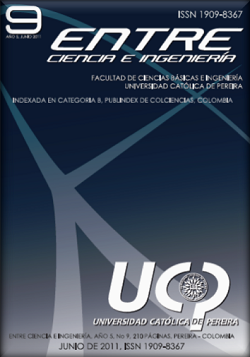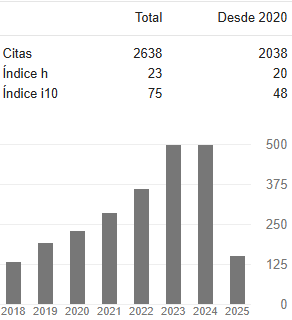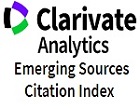Application of Technological Systemsof Solar Energy Conversion
DOI:
https://doi.org/10.31908/19098367.683Keywords:
solar energy, conversion, radiation collection systems.Abstract
The conversion of solar energy lies not only in the production of photovoltaic energy. The use of renewable energy and its application, in many different ways, is an alternative that enables
the generation of sustainable energy development.
These different possibilities also lie in the management of architectural design appropriate to the climate of the region. This bioclimatic architecture defines physics energy concepts such us conduction, convection and radiation from solids, liquids and gases, whose action and employment can make more comfortable the dwellings and workplaces using designs that isolate the microclimate and reduce the use of air conditioners or heaters.
It requires a sufficient knowledge of the solar dynamics and the physical characteristics of the materials of construction of the prototypes. For example, the qualities of the glass windows are particularly relevant in this type of design. You need to know the properties of infrared radiation transmission between the materials used to heat the interior of the housing and limit the use of artificial lighting which brings a considerable energy saving. There are new researches on electro-chromic materials, i.e., materials that can change its color to suit the needs and act differently, both in the morning and at noon. Such materials are usually fabricated on thin films that make them suitable to fit any surface.
In these circumstances it is necessary to know the basic conditions of employment of appropriate materials that capture sunlight efficiently and obtain the corresponding energy conversion.
Downloads
References
APROTEC. Tecnología Apropiada, Energías Alternativas. Recuperado en Junio-Julio 2010, de http://www.aprotec. com.co/pages/.
Ausbury, J., & Mueller, R., (February 1977). Solar Energy and Electric Utilities: Should They Be Interfaced? Science 4: Vol. 195. no. 4277, pp. 445 – 450. Argonne National Laboratory, Argonne, Illinois 60439.
Centro de Estudios de Energía Solar, CENSOLAR, Curso de Proyectista Instalador de Energía Solar (Fototérmica y Fotovoltaica). Diciembre 2010.
Congreso de Colombia, Ley 697 de 2001, 3 de octubre de 2001. Publicado en el DIARIO OFICIAL No. 44573, “mediante la cual se fomenta el uso racional y eficiente de la energía, se promueve la utilización de energías alternativas y se dictan otras disposiciones”. Consta de 11 artículos.
Ezra, E., (February 1975). Technology Utilization: Incentives and Solar Energy, Science 28: Vol. 187. no. 4178, pp. 707 – 713.
Fernández, J., (2008). Compendio de Energía Solar: fotovoltaica, térmica y termoeléctrica. Madrid: AMDEdiciones.
García, G., (2008). Energías del Siglo XXI. De las energías fósiles a las alternativas. Madrid: Ediciones Mundi-Prensa.
Núñez, Manuel, 4°, 4ta Planta, 36203, Vigo. http://www. biodisol.com/energia-solar/global-energy. Biodisol.com. Julio 28/2008.
Valcárcel, J., et al., (2002). Recursos Energéticos en el Departamento del Huila. Neiva: Editorial Universidad Surcolombiana.
Wolf, M., (April 1974). Solar Energy Utilization by Physical Methods, Science 19: Vol. 184. no. 4134, pp. 382 – 386.
Downloads
Published
Issue
Section
License
Copyright (c) 2019 Entre ciencia e ingeniería

This work is licensed under a Creative Commons Attribution-NonCommercial 4.0 International License.



















